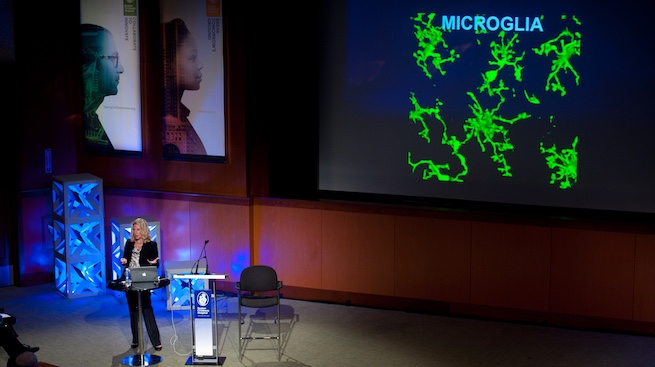Boston Children’s has always embodied a culture of innovation and scientific discovery, with the goal of improving the lives of children and families. Explore the timeline below to learn about a sampling of these historic breakthroughs.
1869
1914
1935
1938
1948
1949
1959
1971
1972
1983
2001
2004
2015
2022














